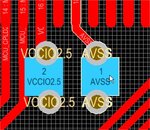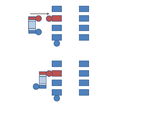kripacharya
Banned

okay... but the text explains how the multi-plates inside the cap now go edge-on to the power planes & hence reduce the capacitance, with the end mounting method. The inductance on the ends wouldn't change i think.





